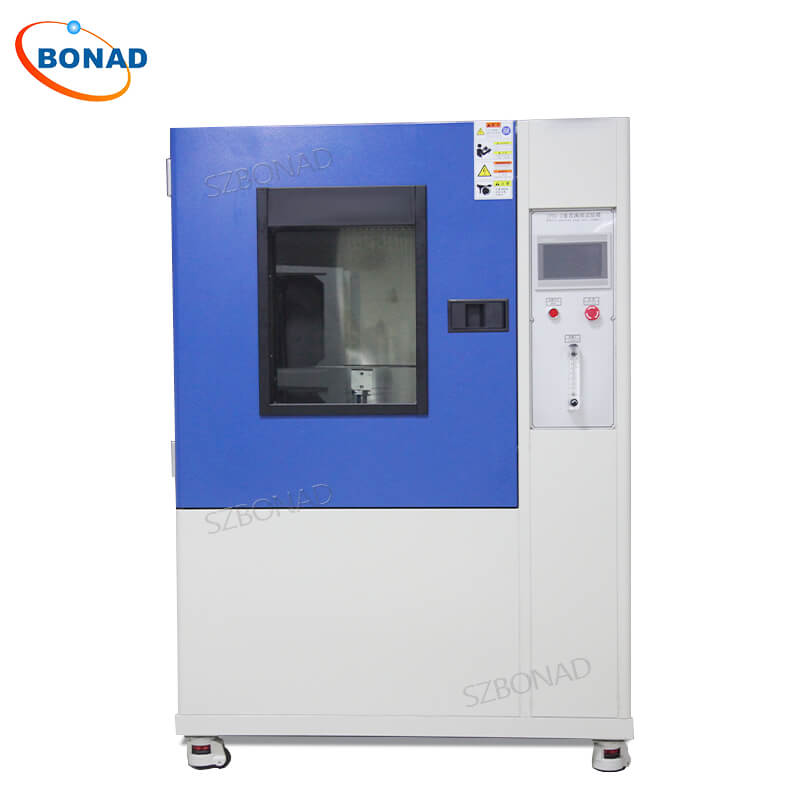What is the IPX1 waterproof test?
The IPX1 waterproof rating mainly tests the ability to prevent vertical dripping water intrusion. This means that when water drops fall vertically, the tested product should not be affected in any harmful way. The IPX1 waterproof test is suitable for devices and components that need to be protected from the direct dripping of small amounts of water droplets.
What are the characteristics of IPX1 waterproof test?
The IPX1 waterproof test complies with the IEC60529 standard. The test conditions include placing the housing on a turntable with a rotation speed of 1r/min, an eccentricity of approximately 100mm, and the test equipment generating a uniform water flow over the entire housing, with a water flow rate of 1+0.5mm/min, and a test time of 10 minutes. This test standard is designed to ensure that the product can resist the test of vertical dripping, that is, when the vertical surfaces of the housing drip in the vertical direction, the product should have no harmful effects.
Application of IPX1 waterproof test
The application scenarios of IPX1 waterproof test are very wide, including but not limited to automobile lights, engine hoods and other parts in the automotive industry. These parts need to have certain waterproof performance to ensure that the car can operate normally in various weather conditions. In addition, outdoor equipment such as cameras and telescopes also need to withstand the test of various harsh environments, and waterproof performance is an important part of it.
IPX1 waterproof test equipment
The design principle of IPX1 waterproof test equipment is to test the product by simulating the vertical dripping of water drops. The test machine usually includes a test chamber, which is made of stainless steel and has a waterproof sealing structure. The water pump provides water with different water pressures and flows, and sprays the water onto the tested product through the nozzle. The control system is used to control the parameters such as temperature, humidity, water pressure and flow in the test chamber, and record the test data.



